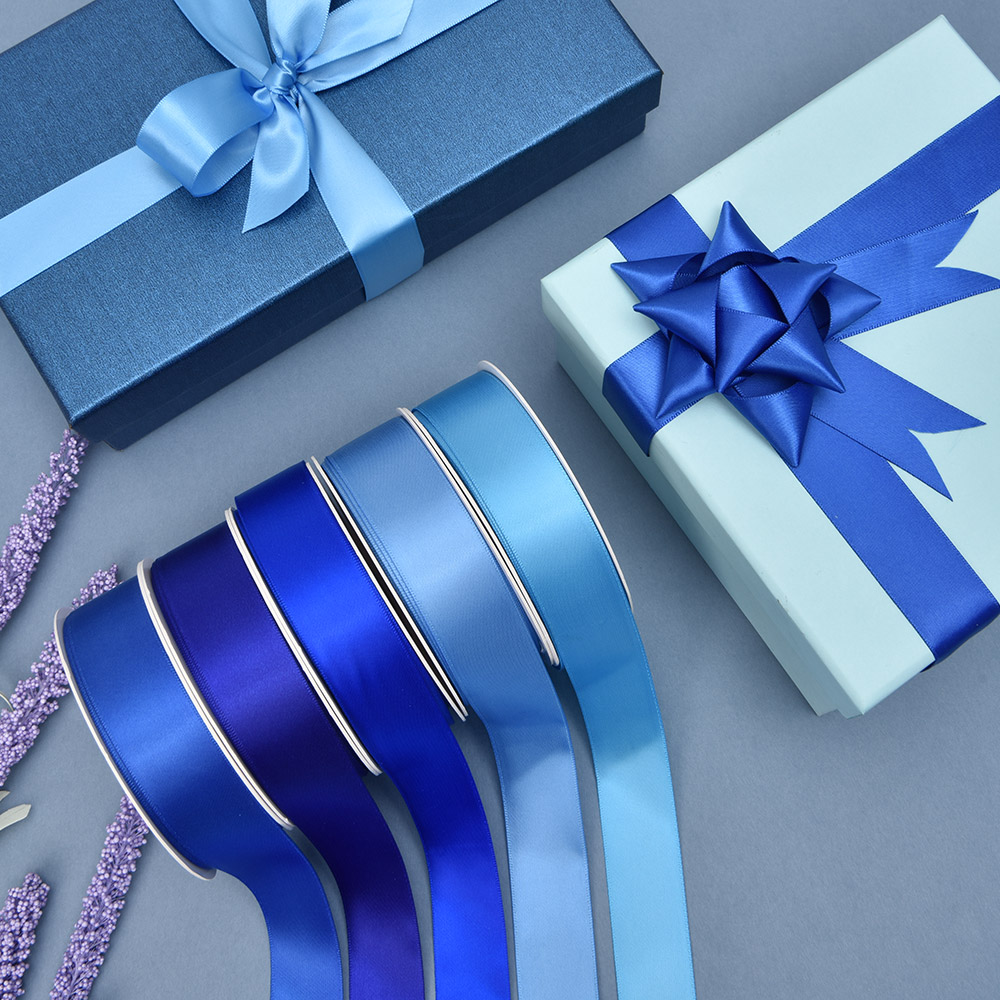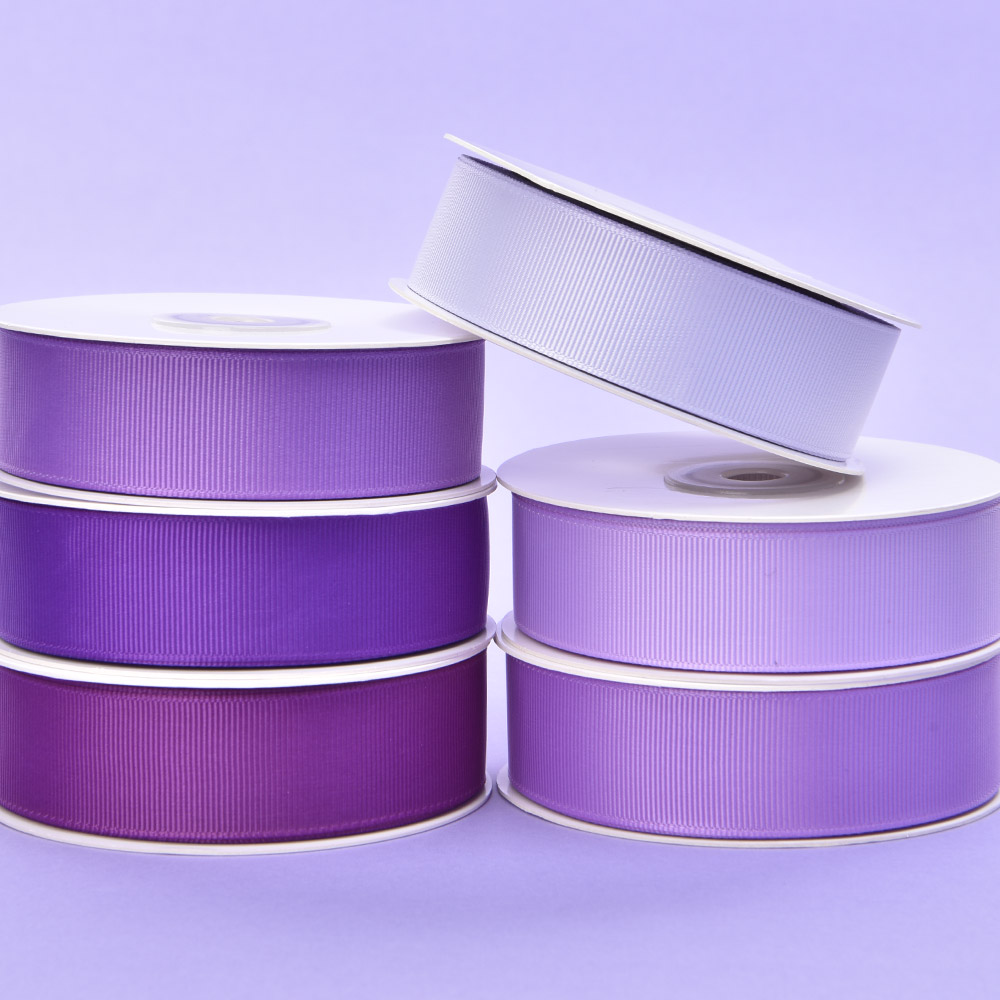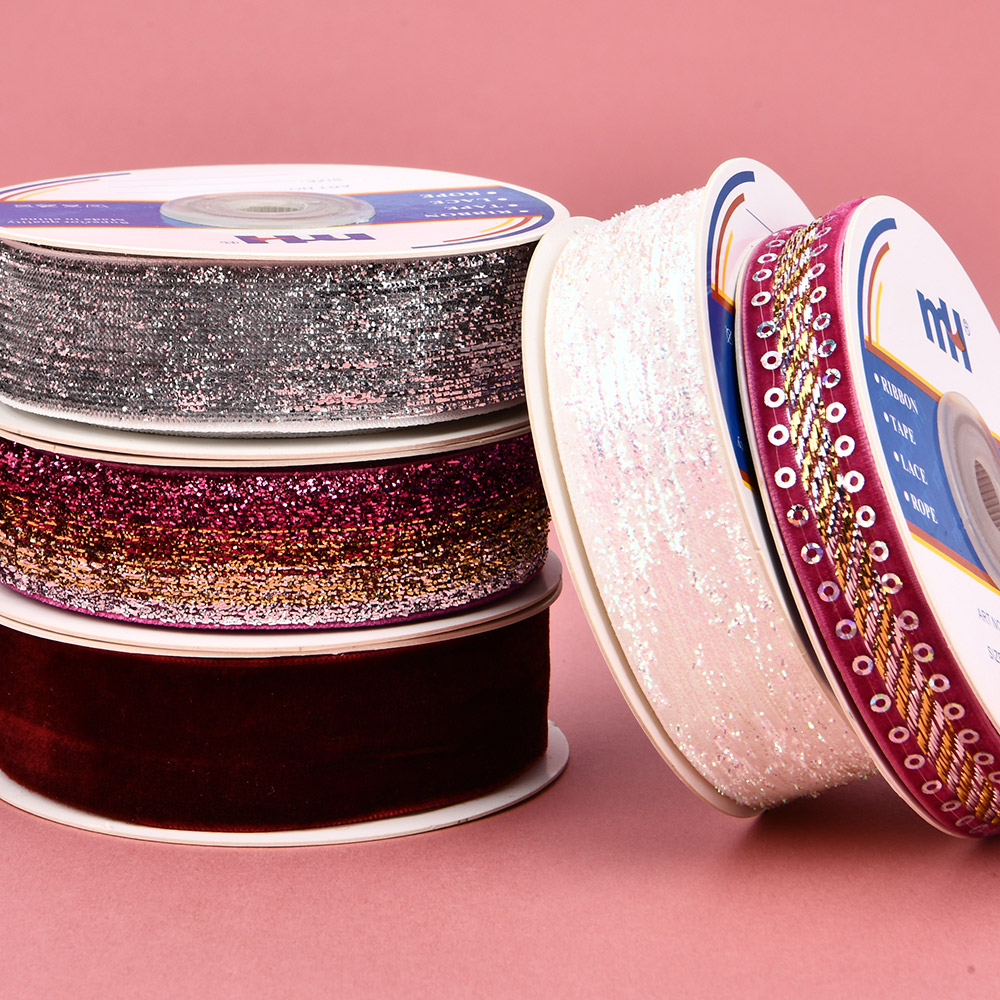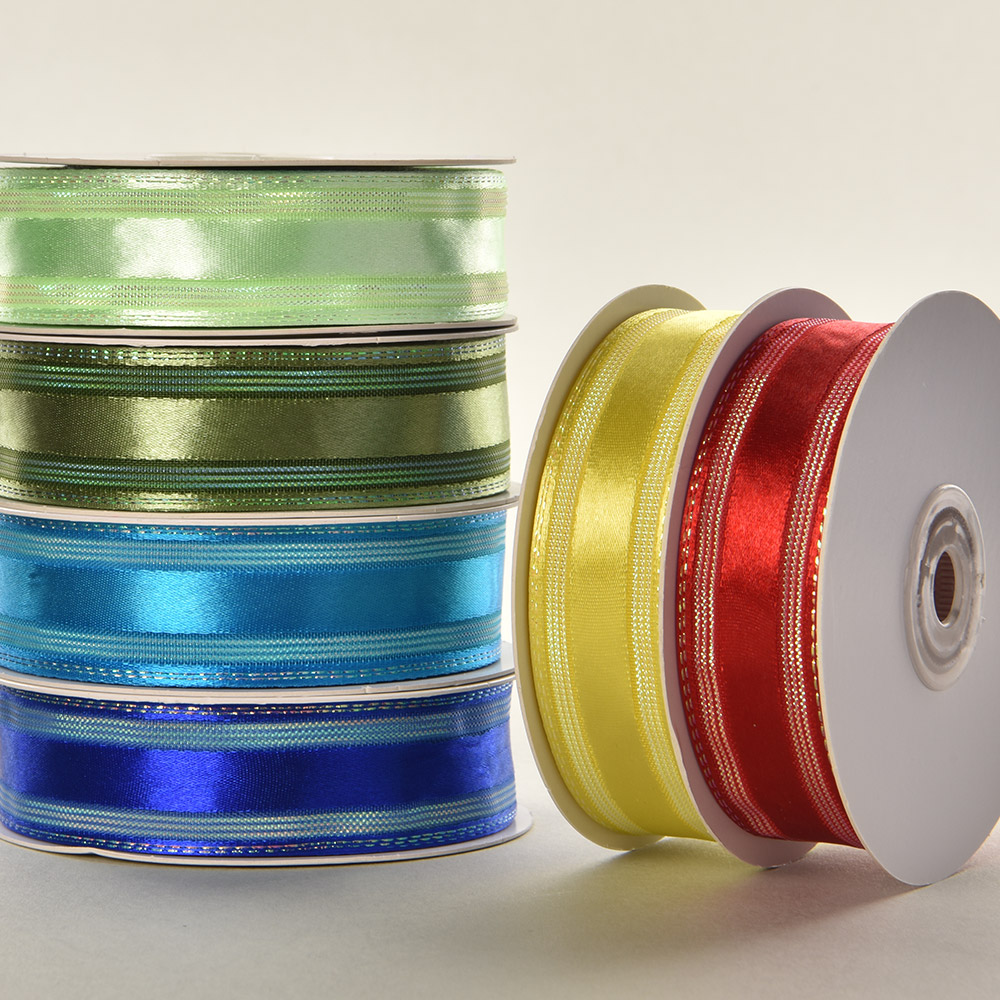Understanding the Colored Ribbon Production Process: From Factory to Final Product

Ribbons are everywhere – from the elegant finish on a wrapped gift to decorative accents in fashion and home decor. But have you ever wondered how this everyday yet essential product is made? The ribbon production process combines cutting-edge machinery, quality materials, detailed finishing processes, and a commitment to precision.
This blog will walk you through every step of how ribbons are made, explore different materials and dyeing methods, and showcase their versatility across industries. As you browse through this guide, you will find everything you need to know, whether you’re a business looking to source wholesale colored ribbon or simply curious about the craft.
The Ribbon Production Process
Creating ribbons is an intricate process that involves multiple stages to ensure perfection. From raw materials to packaging, factories implement advanced techniques and rigorous quality control.
Ribbon Manufacturing Overview
-
Weaving
Ribbon production starts with weaving. Most ribbons use tightly woven fabrics like polyester, satin, velvet, or grosgrain. The weaving process determines the texture and durability of the ribbon, making it essential to the final product.
-
Cutting
Once the fabric is woven, it’s cut to a precise width. Using specialized machines, factories can produce ribbons in various sizes, from narrow strips used in gift wrapping to wider ribbons for decorative or branding purposes. Ribbons can also be produced in various colors, including gray, to cater to different needs.
-
Finishing
The finishing stage includes hemming or heat-sealing edges to prevent fraying. Some ribbons are treated to achieve a glossy or matte finish, while others may include embellishments like metallic threads or glitter.
-
Packaging
Finally, ribbons are packaged into rolls or spools for easy distribution. Custom packaging options may also cater to branding or specific retail needs.
Role of Machinery
Modern factories rely on high-end machinery to streamline production. Automated weaving and cutting tools ensure consistent quality, enabling mass production without compromising detail or precision. This efficiency keeps manufacturing costs low and passes the savings onto businesses and consumers.
Quality Control
At every stage of production, ribbons are thoroughly inspected for width, thickness, durability, and overall quality. Factories use advanced measuring tools and visual checks to meet industry standards. A flawless product means improved reliability for end users, whether it’s a high-end gift shop or a DIY craft enthusiast.
If an exact color match is needed, please contact the factory to obtain a sample before making a final decision.
Raw Materials for Ribbon Production
What makes ribbons so versatile? The answer lies in the diverse fabrics and materials used during production.
Types of Fabrics
-
Polyester
A popular choice for its affordability, durability, and resistance to stretching or wrinkling.

Known for its luxurious sheen and soft texture, satin is widely used in gift wrapping and fashion.

The textured finish of grosgrain ribbons makes them ideal for crafting and accessories.

Plush and elegant, velvet is often used in high-end packaging and seasonal decorations.
This sheer, delicate fabric is perfect for weddings and special events.
Each material adds unique characteristics to the final product, from the style and appearance to how it feels in your hand.
Synthetic vs. Natural Fibers
-
Synthetic Fibers: Polyester, nylon, or acetate are cost-effective, durable, and versatile.
-
Natural Fibers: Cotton or silk ribbons have a premium feel and appeal to eco-conscious customers. They're ideal for creating a luxurious aesthetic, but come at a higher price point.
Decorative Components
Additional elements like metallic threads, beads, or glitter can elevate ribbons further, creating unique and customizable options for specific projects or brands.
To ensure you get the exact color you need, please request free sample swatches by calling our customer service number.
Dyeing Methods for Ribbons
Color plays a significant role in ribbon design, and factories use specialized dyeing methods to perfect their hues.
Common Dyeing Processes
-
Disperse Dyeing (For synthetic fibers like polyester)
-
Delivers vibrant, long-lasting colors.
-
Excellent for ribbons exposed to washing or light.
-
Reactive Dyeing (For natural fibers like cotton and silk)
-
Produces brilliant, environmentally friendly colors.
-
Acid Dyeing (For wool and silk)
-
Creates rich, intense tones suitable for luxury ribbons.
-
Heat Transfer Dyeing
-
Ideal for multi-colored or complex patterned ribbons with high precision.
Eco-Friendly Dyeing Techniques
Sustainable production methods are becoming more common, including waterless dyeing and non-toxic chemicals. These techniques appeal to businesses and consumers who prioritize eco-conscious products.
Wholesale Pricing and Sales of Ribbons
Pricing for ribbons depends on various factors, often influenced by materials, scale, and customization options.
Factors Affecting Price
-
Material Type: Basic polyester ribbons cost less than luxurious options like velvet or silk.
-
Production Volume: Bulk orders typically reduce per-unit costs.
-
Complexity: Advanced dyeing and finishing processes add to production expenses.
Typical Wholesale Pricing
Pricing structures for wholesalers generally include MOQs (minimum order quantities) and tiered pricing based on the number of units purchased. For instance:
-
Plain polyester ribbons might range from $0.10 to $0.30 per yard in bulk.
-
High-end satin ribbons with custom printing may reach $1.00+ per yard.
Discounts and Customization
Factories often offer discounts for repeat customers or larger orders. Custom ribbons – featuring logos, color-matched designs, or unique widths – command higher prices but add immense value.
A portion of sales is donated to charities, and customers are encouraged to stay informed about current sales and promotions through our email list.
Ribbon Styles and Customization Options
The sheer variety of ribbon styles available enables businesses and consumers to find exactly what they need.
Common Styles
-
Satin Ribbons: A glossy finish perfect for elegant gift wrapping.
-
Grosgrain Ribbons: Durable, ribbed textures ideal for bows and crafts.
-
Organza Ribbons: Lightweight and sheer for weddings or floral arrangements.
-
Velvet Ribbons: Luxurious and seasonal, suited for fashion or premium packaging.
Customization Options
-
Printing and Embroidery: Add text, logos, or patterns to ribbons for branding purposes or special occasions.
-
Color Matching: Custom colors aligned with corporate branding or themes.
-
Shape and Width: Adjustable features to meet specific needs.
End Uses of Ribbons in Floral Arrangements
Ribbons’ versatility makes them a staple across various industries and applications.
-
Fashion and Accessories: Hair bows, belts, or decorative trims.
-
Gift Wrapping: Adding elegance to presents of all kinds.
-
Home Decor: Seasonal decorations, wreaths, or tiebacks for curtains.
-
Weddings and Events: Bouquets, table runners, or artistic accents.
-
Crafts and DIY Projects: Scrapbooking, card embellishments, and more.
-
Branding and Packaging: Custom ribbons that enhance product presentation.
Elevate Your Products with Premium Ribbons
From weaving to finishing, crafting the perfect ribbon requires precision, creativity, and innovation. Knowing the ins and outs of the production process enables businesses to choose ribbons that align with their needs—whether it's affordable bulk orders of colored ribbon or luxury designs for premium branding.
To learn more about ribbon manufacturing or to discuss your custom order, contact us today. Together, we’ll create something extraordinary!

